
Vilnius Events The owner of a paper scrap not found
Last month in Vilnius artists shared lavishly. In various forms: from exhibition-making to occasion-creating and playing music. I will now point several insights but first: did you know that there is a crucial difference between 432 Hz and 440 Hz pitch frequency? I read about it on a paper scrap that I found last month and mistakenly accredited it to Liudvikas Buklys. I thought it was his paper scrap, but it wasn’t.
1
Let’s start from him anyway. Liudvikas Buklys, an artist based in Vilnius made an exhibition in Planetarium. Together with Chris Fitzpatrick (Objectif Exhibitions, Antwerpen) they brought FRANK CHU to The Gardens.

The Gardens is a project space in Vilnius, settled in a Planetarium and Frank Chu is a person who since 1998 has protested seven-days-a-week in downtown San Francisco. Frank Chu holds a list of former US Presidents responsible for working with the populations of the 12 GALAXIES and directing world‘s major agencies and corporations to embezzle royalties owed to him as the star of a television and movie series called “The Richest Family.” Chu believes he has starred in the series since childhood, which has been a major success in other galaxies. Yet because the syndicated series is shot with top-secret invisible cameras, Chu claims he was unaware of it until he received telepathic messages from supportive former KGB agents and Soviet presidents in the mid-1990s. The posters of Frank Chu are exhibited in a corridor of Planetarium.

Vilnius Planetarium was build around the same time when Frank Chu received telepathic messages and the building, with its current properties and marginality was chosen by Liudvikas Buklys. In a circled, grim, minth-green corridor a line of posters hung.
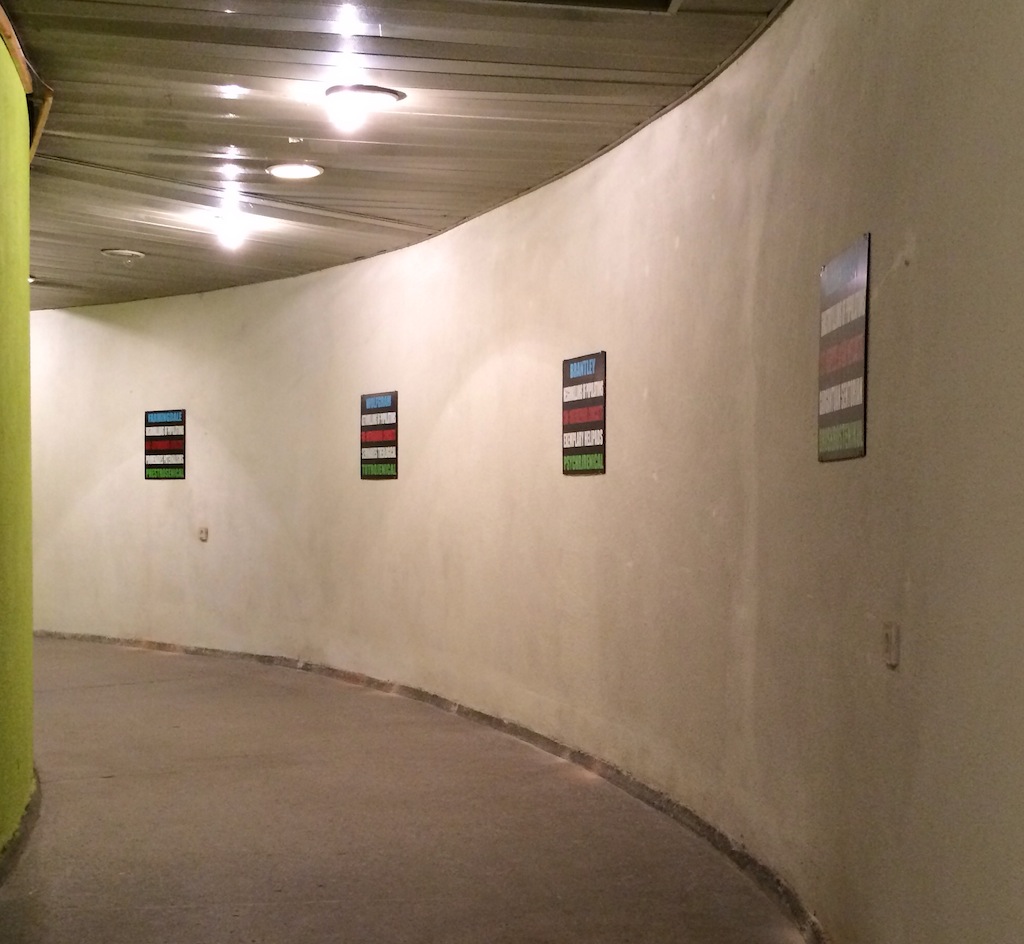
A dazzling feeling took you when trying to read the words on it – quatrinamibomillions or bizadenigillions are supposed to infer a number of viewers who watch the TV series in some of the 12 galaxies. Frank Chu is one of San Francisco’s best known eccentrics. Telepathically present in Vilnius up untill the middle March, Frank Chu left marks in conversations and transcended to questions about our social institutes and statuses of mentality.
2
About few weeks later Gediminas G. Akstinas made another great share>>>> A two-day event, called BROWSERS consisted of artist’s web-page launch and three short-term apartments rented out in Vilnius for this project.
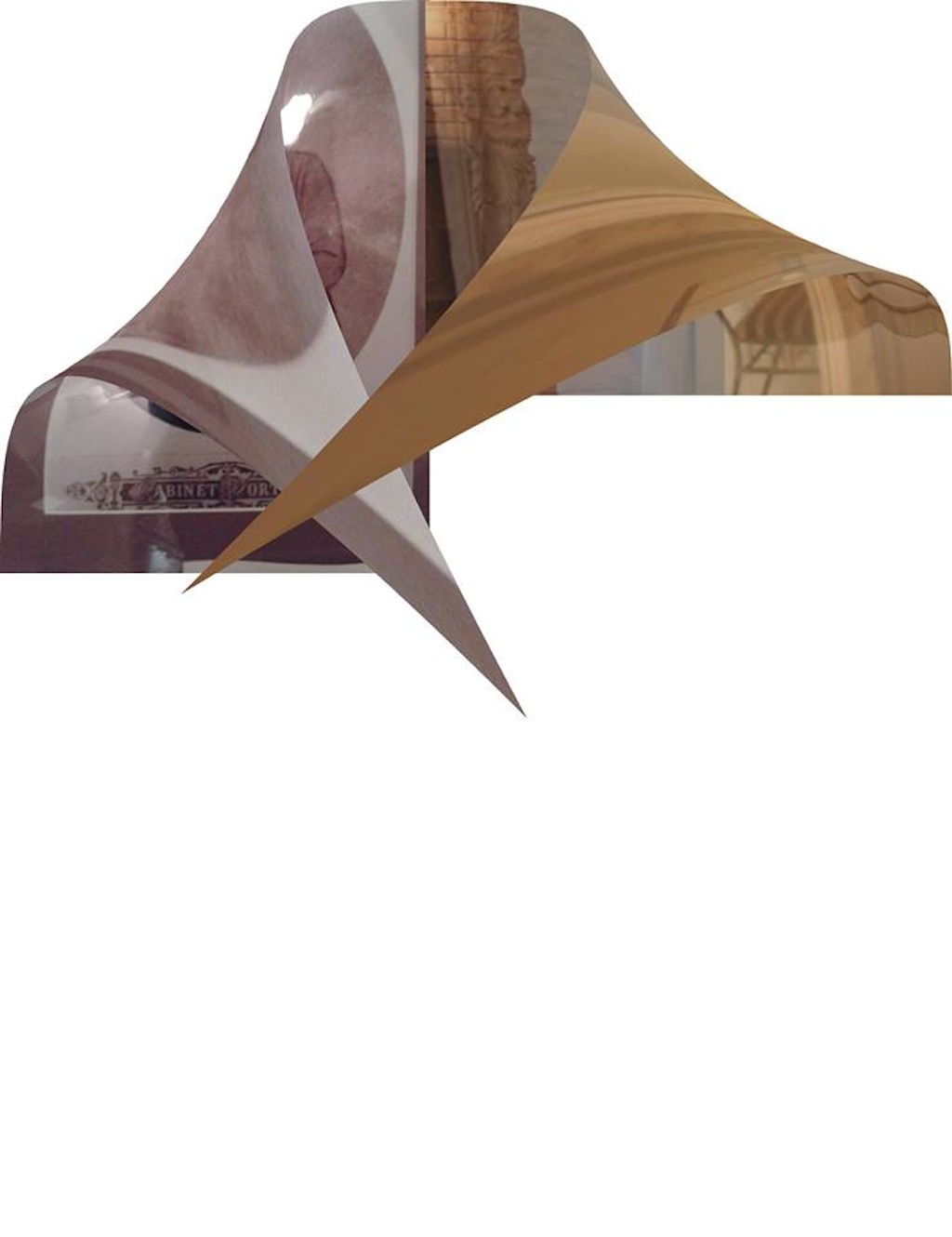
For two days, between 5 and 10 pm visitors were invited to attend these flats. A guy started to laugh behind me. Indeed, when we walked from one apartment to another, there was always someone in front or behind, following the same browse.
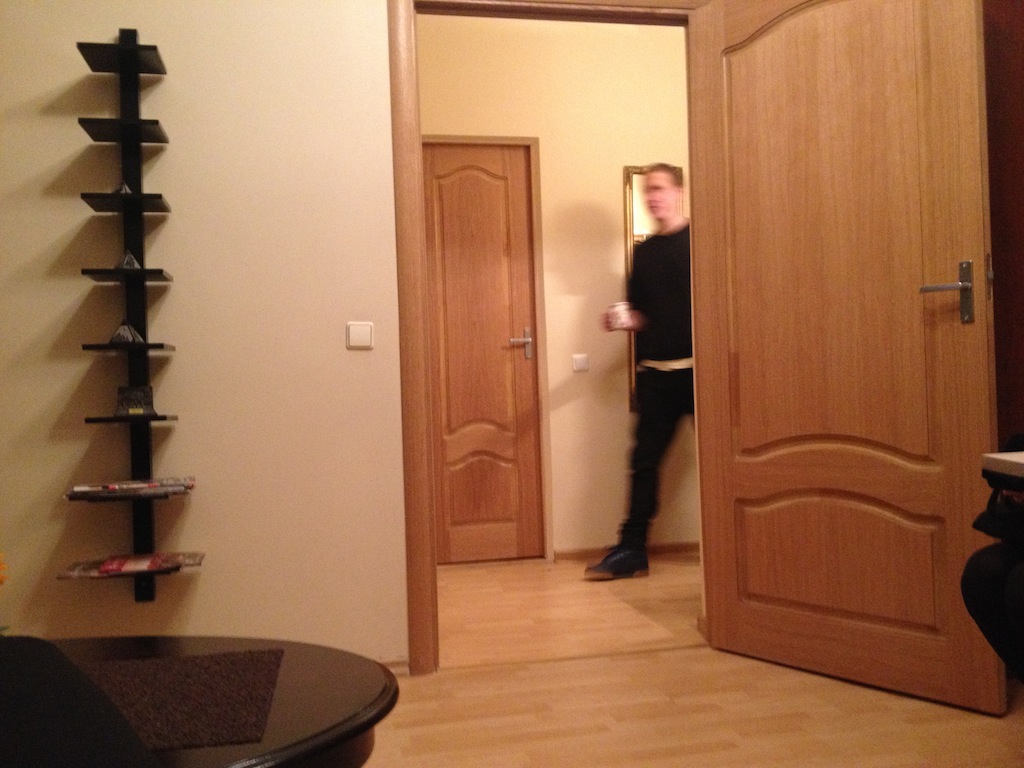
When you entered an old-town apartment in Pilies street, some other visitors were already ‘checking’: sitting on a white leather couch, talking randomly. In one bedroom through the back window I saw a house-concert in someone’s living room. A lady in an evening dress was playing a violin and a man accompanied her with a piano; guests sat behind a big table full of fruits in a candle-light. In a bedroom where I stood a pc played a sound of a grass-hopper.
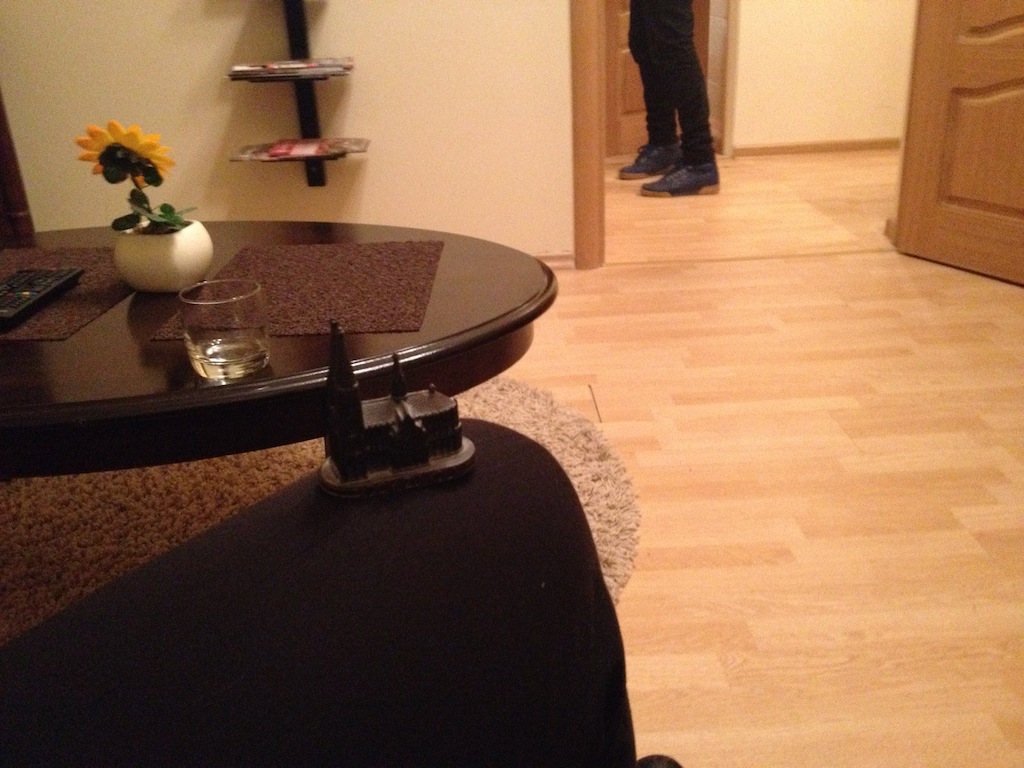
Each of the apartments in the Browsers was precisely clean, impersonal and similar although different in time, color or interior. In each apartment there was a guy (to let one in). In two apartments there stood bottles of water (like those in a conference) and in a middle one a tap water was left running. While walking from the first apartment to the second, my friend noticed wisely – water, because not wine. In Lithuanian web-page is called svetaine which means a living room. Gediminas’ exhibition was like browsing through different impersonal living rooms in a real time internet – the city.
3
… One day in a newspaper I read about a project by a group of artists – Antanas Gerlikas, Gediminas G. Akstinas, Augustas Serapinas and Kazimieras Sližys. It was an invitation to come and see a usually invisible part of the exhibition-making process – the uninstallment, when exhibition disappears and a new one starts; in a NATIONAL GALLERY.
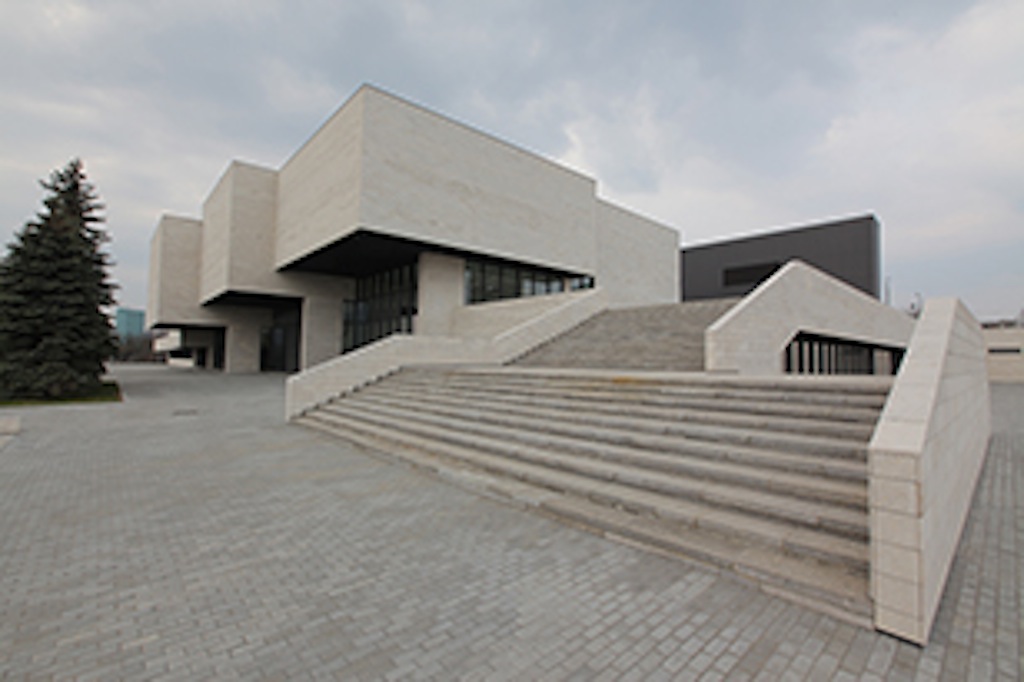
In a huge 800 sq. m. exhibition space artists themselves were uninstalling Vitas Luckus photography retrospective – deconstructing the walls, dismantling exhibition architecture. The working company was joined by a specially invited character, sound architect dj Tomas Požemis (eng. Underground) who came with his collection of records. Požemis traveled through the spaces of the gallery playing compilations from Gregorian plainsongs to Detroit techno according to circumstances.
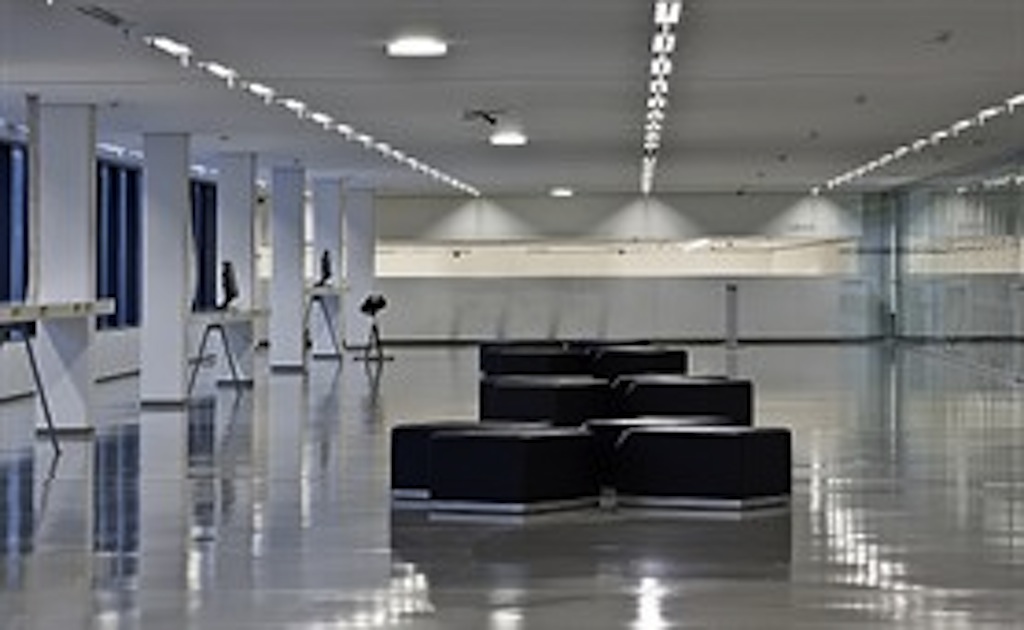
I haven‘t been in a National Gallery during this time, but I knew that all four artists worked there installing the exhibitions many times before. The most interesting moment for me lies in this position of the intermingled artist-labourer. A few visited the gallery during the five days of dance (as Požemis put it), some saw a video work, heard a conversation between Antanas Gerlikas and Gediminas G. Akstinas record, or met a dj in a corridor, but the very gesture of this appearance was clear – these are Artists to give a situation in a National Gallery.
4
Rutene Merkliopaite is a youngest generation painter, living in Vilnius. In her work she is building up a continuous dialogue with canvas painting – with a history of painting, a tradition and culture of painting, a representation and an iconology.

Working coherently, inhabiting techniques, Rutene creates self-aware paintings that start to exist in a context while at the same time they share a pictorial quality and a story within. Today is a present, once R. Merkliopaite was saying at the time she explored an idea of painting from a photograph.

The library is clearly not a conventional exhibition space, traditionally exhibiting amateur art, but for an occasion of Rutene Merkliopaite’s first solo exhibition it worked perfectly. On March 5th Rutene opened an exhibition in a public library of Adomas Mickevicius. Five works by the names of Constable, Souvenir, Victoria, Lely and David, hangs in a bright exhibition room. Three canvasses and two drawings to meet you.
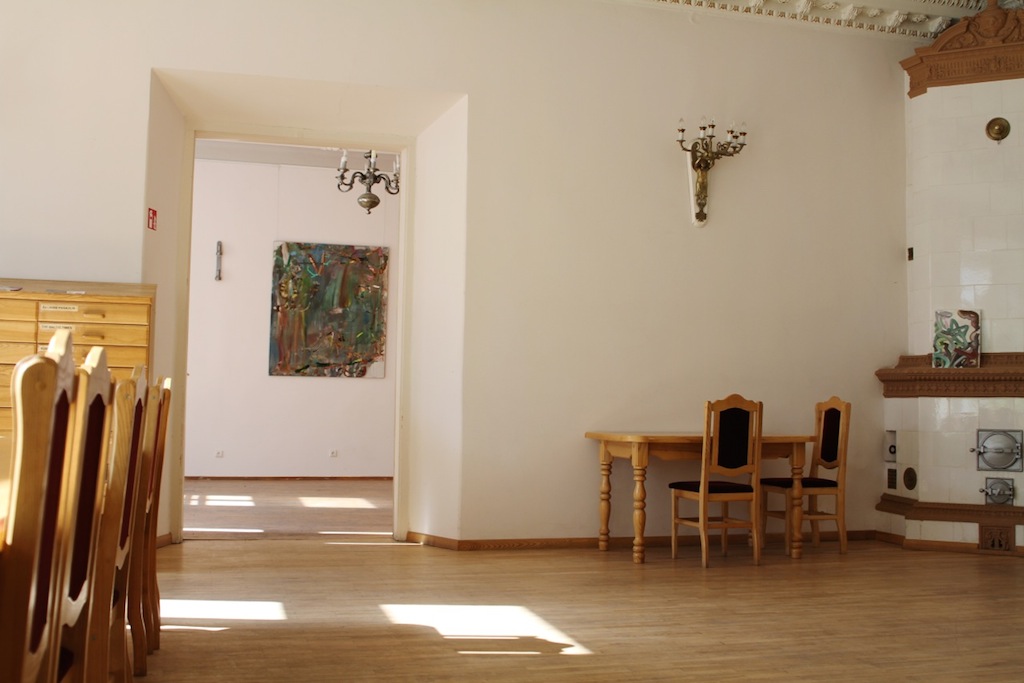
5
Now finally you may ask what was that about 432 Hz and 440 Hz in a beginning. What was that about?
Some people say that the most common generally acquired sound pitch of 440 Hz (for music, concerts and different media) was established world-wide by Nazi when they wanted to prepare people for war in the 1940’s; 440 Hz to compare with 432 Hz has a very disharmonious effect on human perception, and 432 Hz, on the contrary, is considered as most natural and biological frequency of sound, repeating the frequency of nature.
While this seems as a conspiracy theory (now it really does, at first it didn’t), I read it on a paper scrap that I found in Vilnius last month. I can’t remember where exactly I found it but the last show I want to mention is the one I haven’t been to.
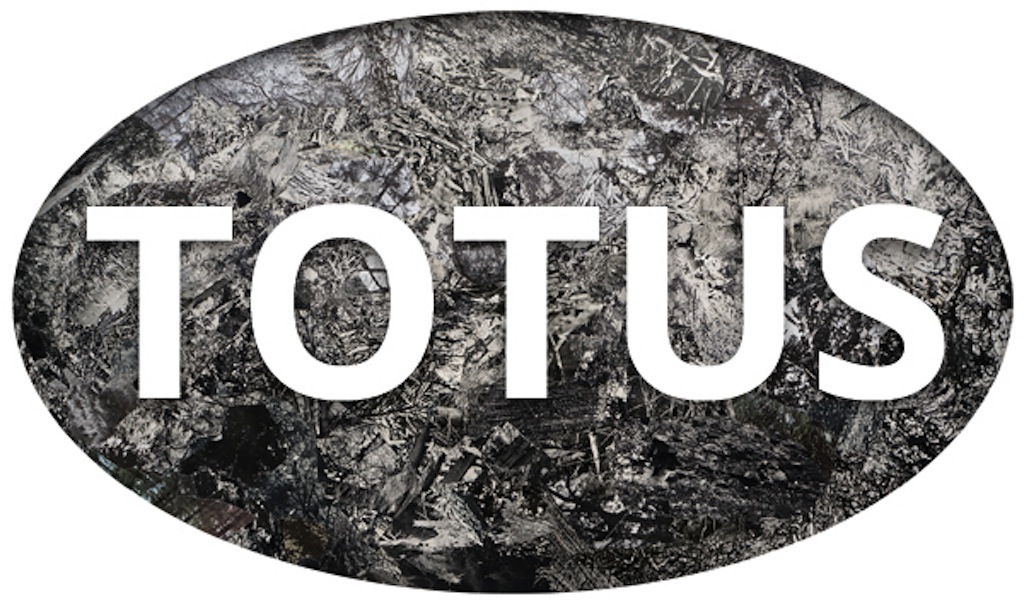
Throughout all February an exhibition called TOTUS by Ateate collective was happening in Vilnius Republic Psychiatry Hospital gallery PSI. The gallery is situated in a library and I like to think that both patients and doctors can attend it. This show embraces well the past month of Vilnius events.
Frank Chu
February 15th – March 14th
The Gardens
Konstitucijos pr. 12A (planetarium)
09308
Vilnius
Gediminas G. Akstinas
Browsers
February 16th-17th
Pilies str. 23 – 3
Gedimino avenue 45 – 19
A. Smetonos str. 3 – 26
Vilnius
Antanas Gerlikas, Gediminas G. Akstinas, Kazimieras Sližys, Augustas Serapinas
National Gallery
February 21st-25th
Konstitucijos pr. 22
Vilnius
R?ten? Merkliopait?
Exhibition in Adomas Mickevi?ius public library
March 4th – 27th
Ateate
Totus
Vilnius Republic psychiatry hospital
January 15th – March 30th
Monika Lipšic
is an arts manager, curator, researcher, artist and producer based in Vilnius


